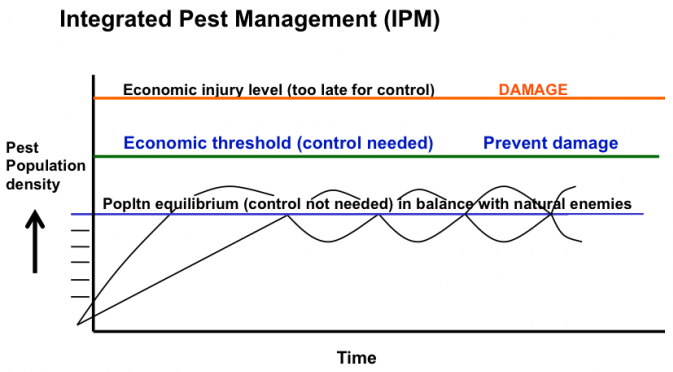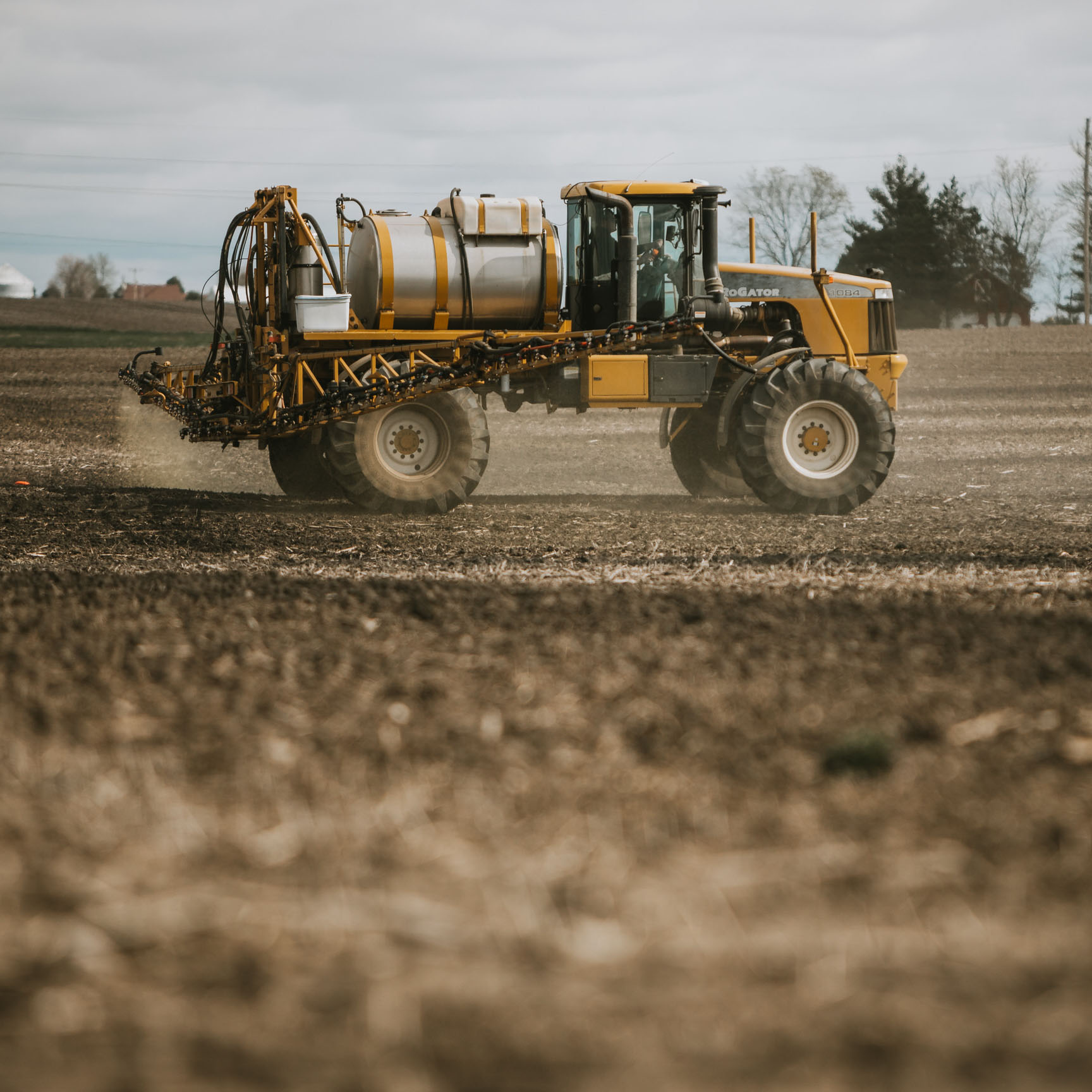DEVELOPING AN EFFECTIVE WEED MANAGEMENT PLAN FOR MAXIMUM YIELDS
A weed management plan is a strategy designed to control weeds as part of an IPM (integrated pest management) plan. To build a successful weed management plan, you’ll need to identify weed species and populations, determine weeds’ economic thresholds, and choose the most appropriate control methods and timing.
Weed management is an essential part of successful crop production. Here’s how to design a plan that fits your specific production needs.
WHY IS A WEED MANAGEMENT PLAN IMPORTANT?
A comprehensive weed management plan is key to maintaining healthy crops. Weeds compete with them for nutrients, sunlight, and water, ultimately leading to yield decreases. Weeds can also serve as hosts for pests, diseases, and nematodes, which can spread to healthy crops and cause issues during the growing season and harvest.
With herbicide resistance becoming more common among prevalent weed species, a management plan is especially important. One of the most widespread and economically important herbicide resistance issues across the U.S. is glyphosate resistance. At least 56 species have shown some resistance to glyphosate, including waterhemp, Palmer amaranth, marestail (horseweed), and ragweed.
CREATING YOUR FARM-SPECIFIC WEED MANAGEMENT PLAN
To create a weed management plan specific to your farm’s needs, follow this process:
- Scout your fields.
- Identify weed species and populations present.
- Know the economic threshold of each species.
- Determine proper control methods and the timing of each.
- Get to work.
Scouting your fields: It’s important to take into consideration what time of year it is, as weed management and control practices vary depending on season. Regardless of timing, when you hit the fields, we recommend you bring something to help identify weeds and record your findings.
Identifying weed species and populations: Decide how you’ll tackle the field area. You should make five to ten stops across a 100-acre field. At each stop, walk approximately 30 feet, identify the weed species, and record how much of each one is present. This will give you an accurate representation of the field’s weed species and their respective densities. Accurate weed identification is key to your management plan because herbicide recommendations (and other control methods) and timings can vary among species.
Know the economic threshold of each species: The economic threshold of a weed species is generally called the “break-even point.” This is the weed pressure level at which the cost of controlling the weeds is equal to the benefit of controlling them. In other words, if weed pressure is at the point that it will decrease yields or cause harvest difficulties that exceed the cost of herbicide applications or other control methods, then the weed species needs to be controlled.

You should also determine the “critical period of weed control” for your crop. This is the growth stage during which weeds must be controlled to maintain maximum yield potential (assuming the field was clean at planting). For corn, weed control is key between V2 and V14. For soybeans, the first four weeks through canopy closure is crucial.
Determine appropriate control methods and timing: Proper weed control requires a combination of one or more of the following control methods: chemical, cultural, mechanical, and biological. An example of each control method is listed below, but for best results reach out to your local AgriGold agronomist for help choosing the best method of control for your land.
- Chemical method: herbicides
- Mechanical method: using tillage to chop, cut, or bury weeds
- Cultural method: reducing row width spacing to cover weeds and reduce their access to sunlight
- Biological method: introduction of natural enemies to destroy weeds (but remember to protect your crop)
Once you’ve determined the best control method, choose the best timing. If you are implementing your weed management plant before planting, you have quite a few options. You may be doing pre-plant tillage or making a pre-plant herbicide application to help provide critical early-season weed control.
 Taking the time to make a pre-plant herbicide application will likely provide the best overall weed control throughout the entire cropping year. Reducing row width at the time
of planting can work in conjunction with other methods to help manage weeds.
Taking the time to make a pre-plant herbicide application will likely provide the best overall weed control throughout the entire cropping year. Reducing row width at the time
of planting can work in conjunction with other methods to help manage weeds.
If you’re noticing high weed pressure after crop emergence and you didn’t apply any pre-plant (residual) herbicide, apply postemergence herbicides as soon as possible. Use the full rate recommended for the specific weed species and be prepared to make follow-up treatments to control late-emerging species. To ensure maximum effectiveness, follow the label recommendations when using adjuvants. Timely row-crop cultivation can also be an effective tool when facing weed species resistant to multiple herbicides.
Get to work: Once you’ve correctly identified the weed species present in your field(s) and determined populations, thresholds, and control methods, it’s time to get to work. Be sure to follow all chemical labels for proper use. If you have any questions about control methods, work with your agronomist to make sure you don’t harm your crop or set it up for failure.
KEEPING UP WITH YOUR MANAGEMENT PLAN
For best control of weeds year to year, you should make adjustments to your plan as needed. Keeping a “scout early, scout often” mindset will help you get out in your fields regularly, keep up with weed pressure, properly control them, and maximize your yield potential.
As always, work with your AgriGold agronomist to determine the best weed management plan for your operation, which products to use, and which hybrids/varieties can stand their ground against weed pressure.
For any questions regarding weed identification or control methods, reach out to your agronomist or head to your local university extension website.




